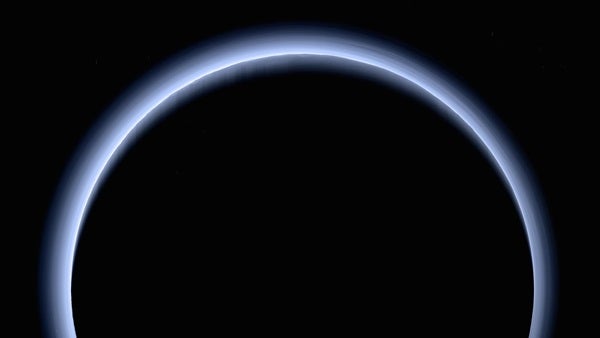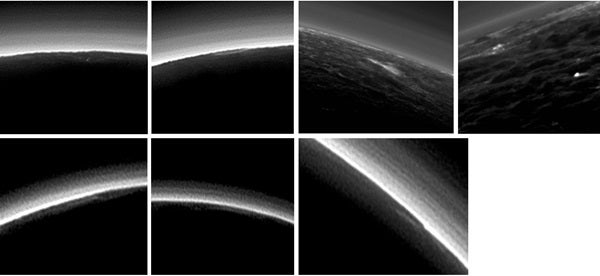The research, published November 16 in Nature, set out to investigate New Horizons’ 2015 finding that Pluto’s atmosphere was 30 C (54 F) colder than expected. The disparity confounded planetary scientists, whose goal is to not only learn more about the atmosphere and weather on Pluto, but also to use that information to extrapolate conditions on other icy, distant solar system objects. This new research, led by Xi Zhang at the University of California, Santa Cruz, found that models taking into account the thick haze surrounding Pluto best matched the temperature data taken by the spacecraft, showing the importance of the haze for cooling the atmosphere.
Smog-induced cooling still isn’t the only idea on the table for Pluto’s chilly weather. One alterative solution calls on atmospheric gases such as hydrogen cyanide, acetylene, and ethane to induce extra cooling instead. According to Zhang, the best way to determine the true culprit is to observe Pluto in mid-infrared light — if the haze plays an important role in cooling the atmosphere, it should look bright at these wavelengths. Once the James Webb Space Telescope is launched in 2019, Zhang hopes to make such an observation to confirm or rule out his team’s theory.











